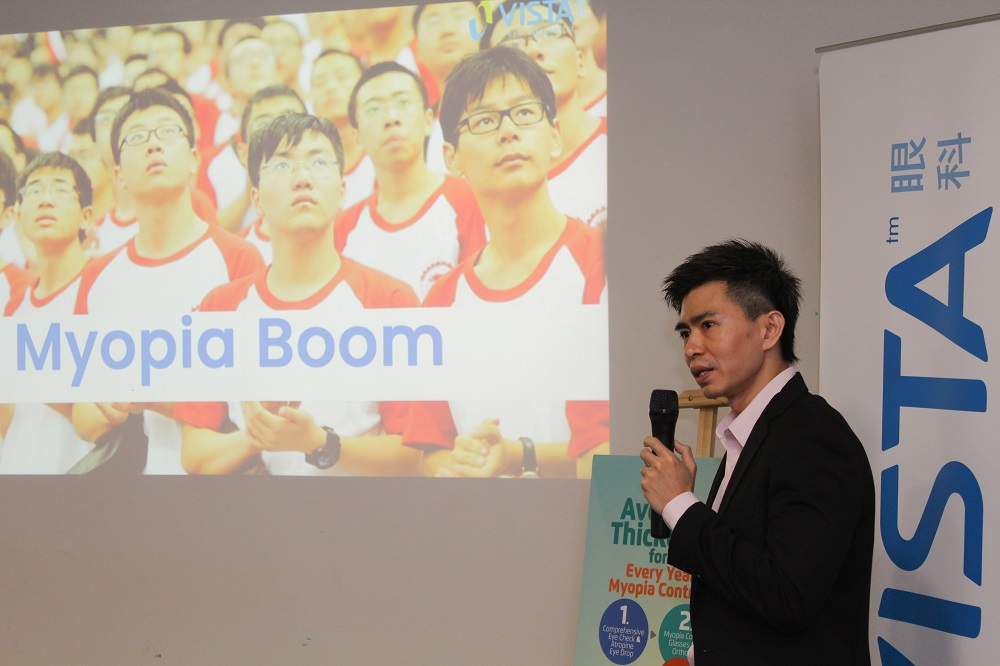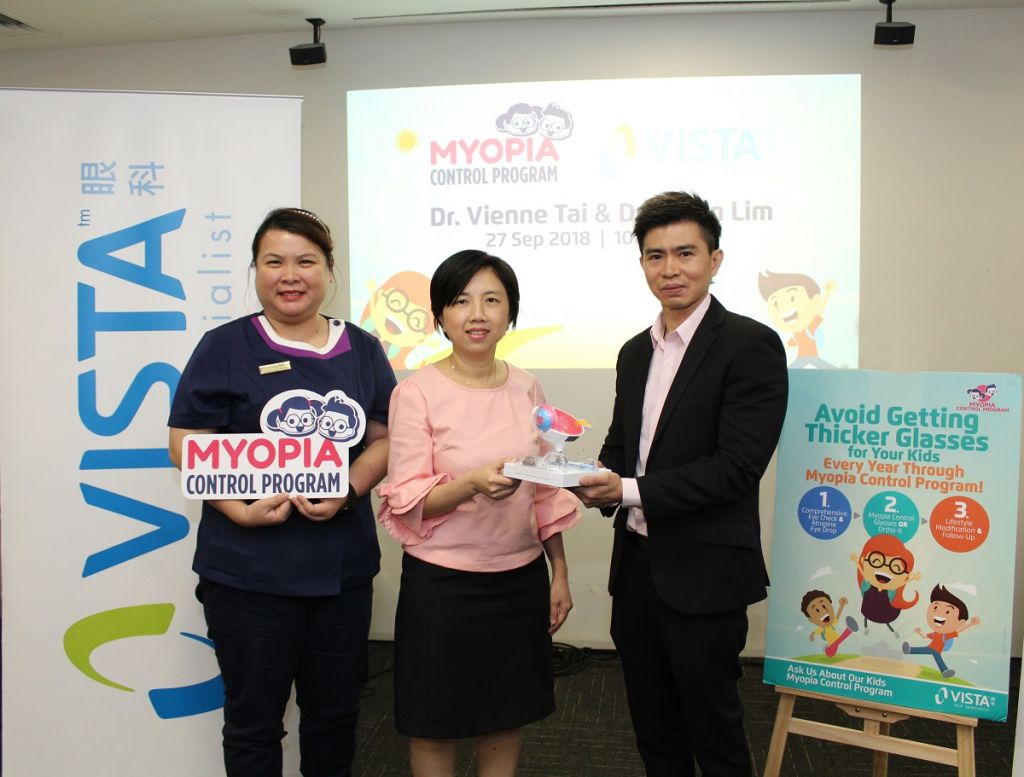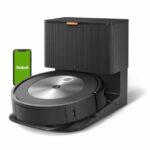Table of Contents
“With each visit to the optician, my kids are prescribed glasses with a higher power. How do I manage this? I am concerned! What can I do as a parent?”
This is probably a very familiar sentiment that many parents today share.
Without a doubt, in this day and age, there is added ‘stress’ on our kids’ vision. They ‘consume’ more information digitally and spend excessive screen time on their devices. Many also compromise on time spent outdoors, which in the overall scheme of things, affects the ‘balance’ in eye and overall health.
So, how do we help kids with their increasing myopia? Is there a sustainable solution?
Understanding Myopia
Myopia is a condition where the image is formed in front of the retina of the eye, resulting especially in defective vision of distant objects. In normal vision, the image is formed on the retina.

Figure 1: Difference between normal vision (left) and myopia (right)
Alarming Facts on Myopia
The progression of myopia is a global issue! A recent study states that on average, 30% of the world is currently myopic. Going by current trends, this number will rise to 50% or a staggering 5 billion people by 2050 with almost 1 billion children being affected by high myopia as well .
In Asia, 70-87% of school children and young adults are reported with myopia . In East Asian children, myopia progression rate is high and approximately 24% of this myopic population will have high myopes (short sightedness) as adults .

Figure 2: Example of myopia progression
Eye Doctors Speak Up on Myopia
Speaking at a recent panel discussion on kid’s myopia, Dr. Vienne Tai Pih Yih, Consultant Ophthalmologist, Cataract & Refractive Surgeon of VISTA Eye Specialist said that many factors contribute to the accelerating progression of kids myopia.
“Kids today spend too much time indoors on their electronic devices. They do not realise that this is detrimental to their vision as their eyes will grow tired with extended close proximity focus. Many also do not place enough emphasis on outdoor activities such as playing sports or outdoor exercise under the sunlight which can benefit their eyes and overall health. Poor reading posture and a lack of sleep are also contributing factors,” she said.
Dr Tai recommended 10 Things that parents can do to reduce progression of kid’s myopia.
1. Outdoor Activities : Spend two hours on outdoor activities daily (or at least 10 hours per week) as sunlight stimulates dopamine to prevent elongation of the eyeball. This is the most important measure to reduce progression of kid’s myopia.
2. Limit Device Usage : Long hours and excessive usage of devices can contribute to eyestrain which causes elongation of the eyeball (myopia progression).
3. 20-20-20 Magic : Every 20 minutes spent on the screen, look away at something that is 20 feet away for 20 seconds
4. Viewing Distance and Good Reading Posture : Ensure devices or reading material are at a distance of 25-30 cm (one arm length). Sit upright, avoid lying down or tilting your head abnormally.
5. Bright Ambience : Do not use devices or read while in dimly lit spaces. It will cause visual stress.
6. Avoid Eye Rubbing: Frequent eye rubbing may induce astigmatism.
7. Don’t Undercorrect Glasses : It can cause defocus on the retina which will contribute to myopia progression and may also pose issues on learning and safety.
8. Adequate sleep : Children need an average of 7-9 hours of sleep daily for optimum eye development and learning ability.
9. Nutrition : A good diet consisting of vegetables and fruits provides beneficial nutrients for development of your child’s vision.
10. Myopia Control Program : Structured programme with the help of modern optical technology and lifestyle modification can aid in slowing down myopia.

Figure 3: Dr. Calvin Lim Chung Yee, Consultant Ophthalmologist, Cataract & Refractive Surgeon, VISTA Eye Specialist, sharing his insights on the global Myopia boom.
Commenting further, Dr. Calvin Lim Chung Yee, Consultant Ophthalmic Surgeon of VISTA Eye Specialist explained that the Kid’s Myopia Control Program has been specially designed to help control the rapid progression of myopia. It is a comprehensive one-year programme that is closely supervised by our ophthalmologists and clinical optometrists to ensure the safe and optimal use of eye drops together with other treatments and essential lifestyle modifications to reduce myopia progression.
“The programme starts off with a comprehensive eye check for the children, followed by controlled usage of Atropine eye drops which must be applied every night before bed. The eye drops aim to prevent rapid progression of myopia upto 50% with minimal effect on the child’s vision or focusing abilities.
“Our ophthalmologists may also prescribe either Myopia Control Glasses or Ortho-K contact lens that is designed to be worn during sleep to flatten and reshape the cornea which may reduce myopia progression to 40%. The kids will also need to undergo regular follow ups to monitor their condition,” he added.
As a measure of good practice, parents are advised to observe their child’s eye usage behaviour as early as six months old and to arrange for regular eye examinations from three years of age to screen for any underlying eye problems or refractive issues and for early intervention.
The recommended frequency of eye checks for children and adults are :
- Children (3 – 12 years) : Annually
- Teens (13 – 18 years) : Annually or as recommended by your ophthalmologist
- Adults (18 – 60 years) : Every 2 years or annually as recommended by your ophthalmologist
- Adults (61 years and above) : Annually or as recommended by your ophthalmologist
















